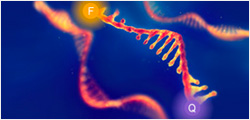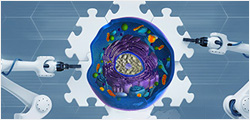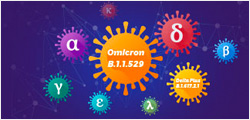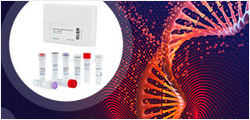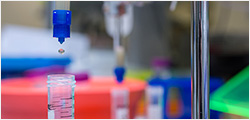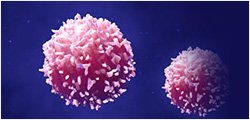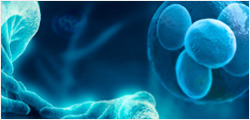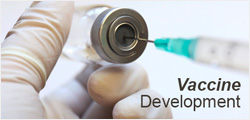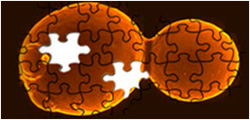
Figure 1. Kisspeptin-10-induced concentration-dependent stimulation of intracellular calcium mobilization in CHO-K1/KiSS1 cells. The cells were loaded with Calcium-4 prior to being stimulated with agonist kisspeptin-10. The intracellular calcium change was normalized and measured by FLIPR. The relative fluorescent units (RFU) were normalized and plotted against the log of the cumulative doses of kisspeptin-10 (Mean ± SEM, n = 3). The EC50 of kisspeptin-10 on this cell was 12.63 nM.
Notes:
EC50 value is calculated with four parameter logistic equation:
Y=Bottom + (Top-Bottom) / (1+10^((LogEC50-X)*Hill Slope))
X is the logarithm of concentration. Y is the response
Y is RFU and starts at Bottom and goes to Top with a sigmoid shape.

Figure 1. Kisspeptin-10-induced concentration-dependent stimulation of intracellular calcium mobilization in CHO-K1/KiSS1 cells. The cells were loaded with Calcium-4 prior to being stimulated with agonist kisspeptin-10. The intracellular calcium change was normalized and measured by FLIPR. The relative fluorescent units (RFU) were normalized and plotted against the log of the cumulative doses of kisspeptin-10 (Mean ± SEM, n = 3). The EC50 of kisspeptin-10 on this cell was 12.63 nM.
Notes:
EC50 value is calculated with four parameter logistic equation:
Y=Bottom + (Top-Bottom) / (1+10^((LogEC50-X)*Hill Slope))
X is the logarithm of concentration. Y is the response
Y is RFU and starts at Bottom and goes to Top with a sigmoid shape.
CHO-K1/KiSS1 Stable Cell Line
| M00190 | |
|
|
|
| ¥1,661,121.00 | |
|
|
|
|
|
|
| Ask us a question | |






